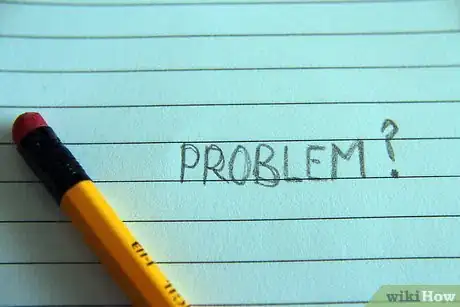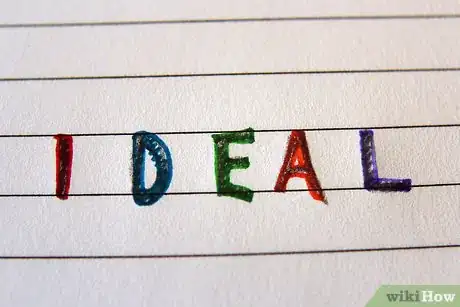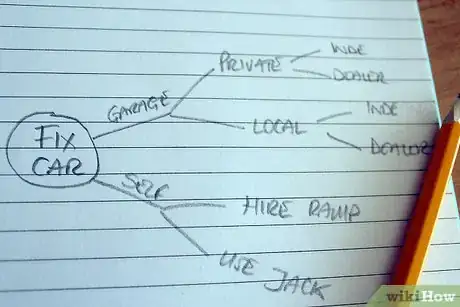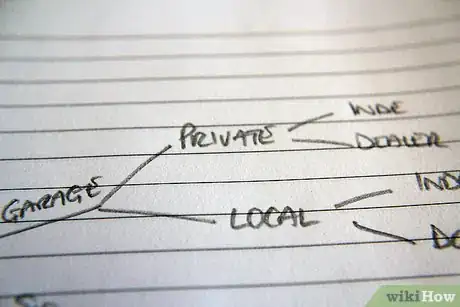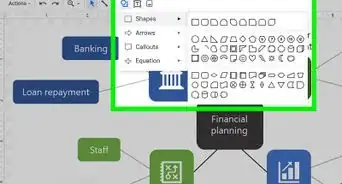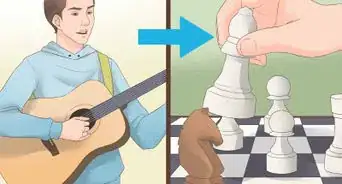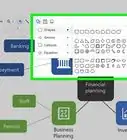X
wikiHow is a “wiki,” similar to Wikipedia, which means that many of our articles are co-written by multiple authors. To create this article, 9 people, some anonymous, worked to edit and improve it over time.
This article has been viewed 83,972 times.
Learn more...
If you want to solve a problem, it's a good idea to combine
- mind mapping and
- problem solving tools (like brainstorming, asking questions, drawing a diagram...).
This way, you can profit from the benefits of each approach.
(If you are not yet familiar with mind mapping, have a look at the wikiHow article
How to Make a Mind Map)
Steps
-
1Start your mind map with the topic of your problem.
- Avoid a description of your problem that is too narrow.
-
2Use the IDEAL strategy for problem solving.
- IDEAL stands for
- I = identify problems and opportunities
- D = define alternative goals
- E = explore possible strategies
- A = anticipate and act
- L = look and learn.
Advertisement - IDEAL stands for
-
3Make the IDEAL stages the main branches of your map.
-
4Develop your ideas on each stage.
- Develop your ideas in subbranches.
- Use problem solving tools for each stage.
- You find a collection of problem solving tools in the "Tips" section below.
-
5Nest the IDEAL stages if it suits your problem.
- See the video below for an example.
Advertisement
Things You'll Need
- blank paper, size A4 or larger
- pens, preferably in different colours
- optional: text markers
-
optional: mind mapping software
- this is great for keeping your tool map up to date
-
for example open source software like
- Freeplane (download at http://freeplane.sourceforge.net/wiki/index.php/Main_Page) or
- FreeMind (download at http://freemind.sourceforge.net/wiki/index.php/Main_Page).
References
- Bransford, J.D.; Stein, B.S.: The IDEAL Problem Solver. W.H. Freeman and Company, New York 1993 (Source for the IDEAL strategy)
About This Article
Advertisement
